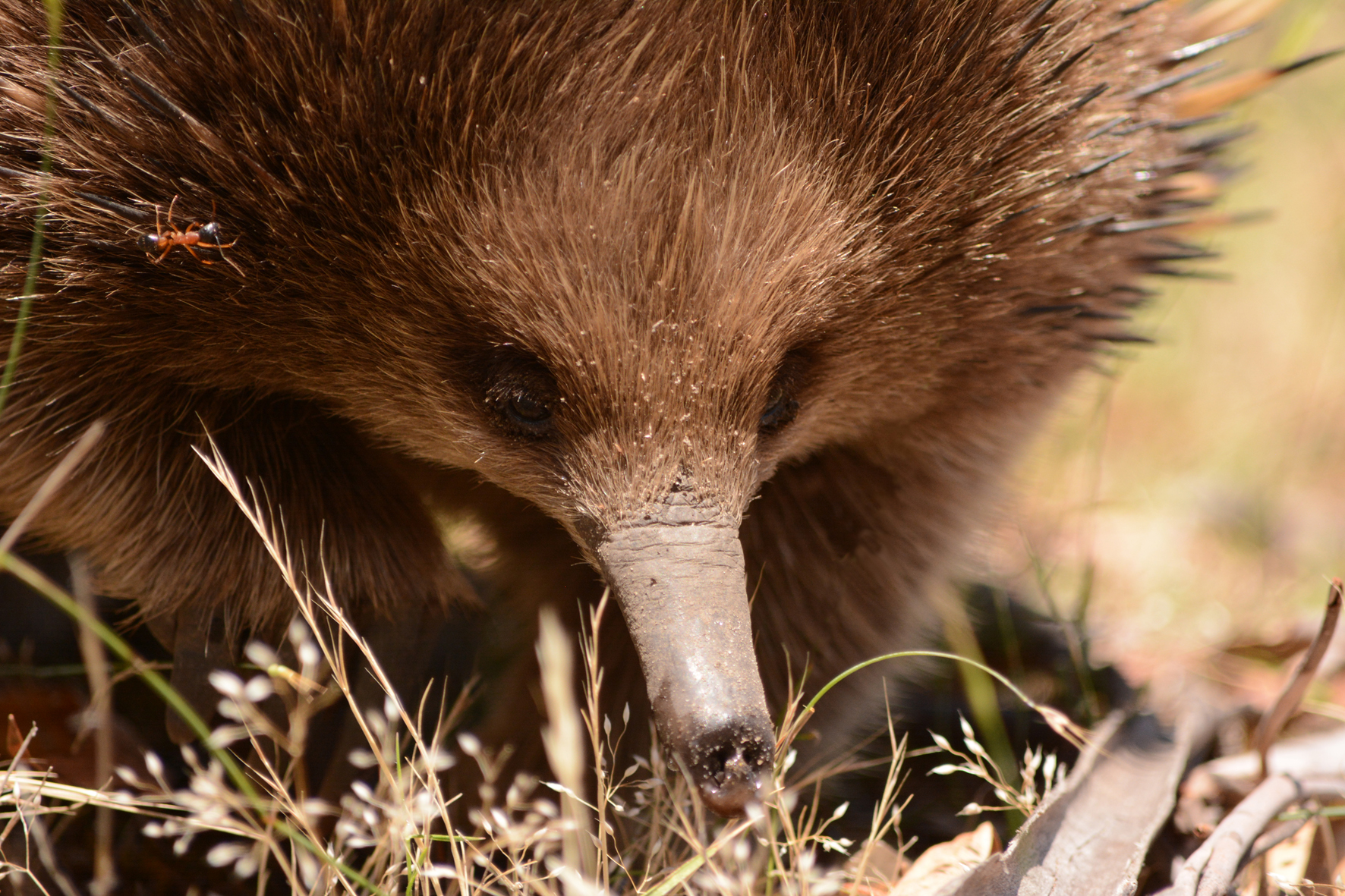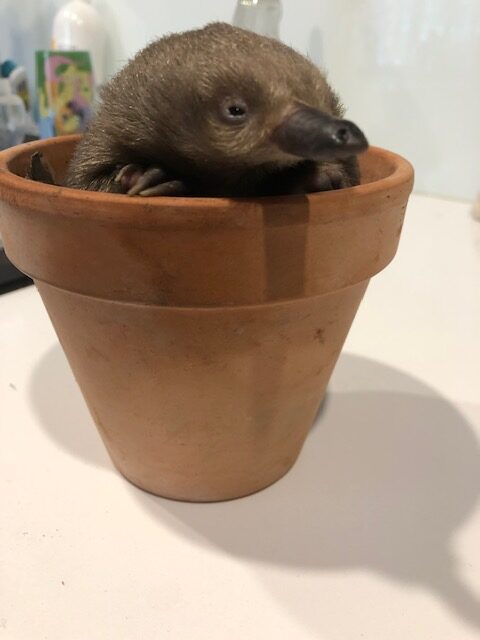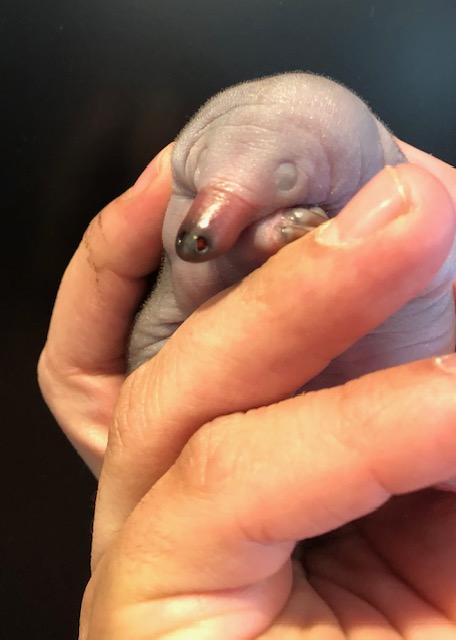


Enigma of the Echidna
Local wildlife carer, Corey Young, shares some fascinating insights into one of only two egg-laying, semi-aquatic mammals in the world.
The echidnas found in Australia are Short-Beaked echidnas of which there are 7 subspecies. There are three species of Long-Beaked echidnas found in New Guinea as well as the platypus, making up the five species of monotreme that exist today. The Tasmanian echidna is generally hairier than its mainland counterparts.
Echidnas are long-lived creatures with the oldest on record being 62 years old. It was an adult when it came into care, suggesting it was at least 4 years old on arrival.
Over the cooler months echidnas will go into a mini hibernation known as torpor.
Monotremes are egg-laying mammals. They don't have nipples and essentially sweat the milk out of milk patches on their bellies to feed their young, quaintly named puggles. The prodding stimulates the milk to be secreted.
Echidnas have a four-headed penis that is 1/3 the length of their body. The males form mating trains when a female comes into oestrous and can follow her around for up to a week before she allows one to mate.
Instead of pouches, echidnas have what we call a pseudo-pouch which is essentially created by strong muscles down the length of their body. These hold the egg for its 10-12 day incubation and, on mainland Australia, also hold the puggle for up to 30 days before it starts to develop spines.
In Tasmania, the female doesn’t transport the puggle around, instead she will bunker down in a hollow log or bury herself where she can protect her offspring until it’s large enough to be left in a burrow, generally around 30 days of age.
They're certainly a fascinating creature in looks and habits!
Corey Young
More info
More reading:
- Echidnas at Hobart Airport
- Australian Geographic
- White echidna sightings
- 4 reasons echidnas really are remarkable
Listening: